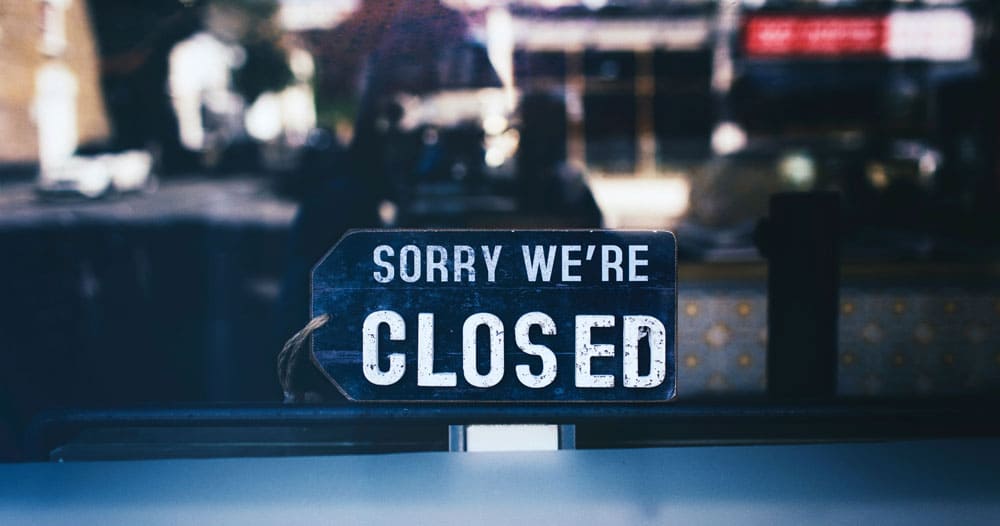After five positive months, the increase of Covid-19 infections and the weekend closures stop again the entrances in Malls: is the full recovery only postponed?
What was unfortunately feared did happen: after a summer that saw Covid-19 infections drop significantly and Mall attendance return to an excellent upswing, with the arrival of autumn we found ourselves in the middle of the second wave. Businesses, already hard hit in the spring, have had to reorganize to comply with new restrictions to contain the contagion.
One of the sectors that suffered most from this second wave was undoubtedly that of Shopping Centers. In spite of repeated appeals by the industry and the CNCC (Italian National Council of Shopping Centers) regarding the safety of shopping in the malls, from the third week of October, the individual regions and the government began to order the closure of the Malls on weekends, first in Lombardy and Piedmont and then throughout the Italy
The data: trend evolution in the period August-November 2020
The previous report on our blog examined the trend after the reopening of the Shopping Malls, from 18 May to 31 July 2020. Let’s start again with our analysis by observing the evolution of the trend of attendance from August onwards. PS: to view the monthly reports with the details of the Italian regions, you can visit every month our page of indexes that we opened in September.

The chart shows the percentage change in Mall entrances from the first week of August (number 32 of the year) to the last week of November (number 48), comparing to the previous year. In blue is the 2020 line, in blue is the 2019 line.
As can be clearly seen, from week 32 to week 42 (i.e., August 3 to October 18) the gap with 2019 had narrowed considerably compared to July (which had posted an overall -26.7%). The best performances were achieved in weeks 39 and 40 (the last of September and the first of October, respectively): -11.9% and –13.2%.
This trend augured well for the following months of the year.
Unfortunately, the return of the Covid emergency brought everything back into question: firstly, the closure of Shopping Centers on holidays and days before holidays at a local level, and then the subsequent Italian Prime Ministerial Decrees that extended the measure to the entire country, caused visitor flows to plummet once again.
The lowest point in attendance was reached in week 47 (November 16-22), which recorded a -54.9% drop over 2019.
This was immediately followed by another negative result: the -52.5% of visitors in the week of Black Friday. It was in fact a truly “black” weekend for physical shopping, which affected not only the Malls due to weekend closures, but also stores due to closures in the red and orange zones. All this has obviously resulted in a substantial transfer of spending into online, estimated at about 83 million euros per day.
The situation without counting weekends
If we don’t count weekends, is the data more comforting? Let’s go look at it.
To make this comparison, we looked at the month of November only (with closings nationwide), and removed Saturdays and Sundays from the count. These are the results:
As we can see from the aligned graph (with dimmed weekends) the drop compared to 2019 is still very significant, with a peak of -39.9%. We can infer from this that as the second wave progressed, confidence and peace of mind waned in people, who sharply reduced their visits to the Malls.
One fact to ponder: Sunday is the day that loses the most visitors.
Is Covid-19 changing some of the habits of Italians forever?
A difficult question to answer in this moment of absolute uncertainty, where moods and behaviors vary rapidly. But we can say one thing because the data highlight it: Sunday has been the “black” day since the moment of reopening, even in the summer months when the virus had loosened its grip.
To observe this trend, we created a weekly averaged graph, showing the aggregate of the days of the week from June to September 2020, when the second wave was still far away and the trend was recovering.

After years in which Sunday had imposed itself as one of the favorite days to spend among the galleries of Shopping Centers, today it seems that something is changing: it is in fact the day that loses more turnouts on 2019, with an average -27.3%. The best day is instead Thursday, which loses “only” -17.2% of admissions on the previous year.
We would like to stimulate a reflection: are Italians reconsidering their priorities when it comes to leisure and entertainment on holidays, preferring other activities or staying in the family within the walls of the home? Or, more simply, having to choose a day in which to avoid the risk of crowds, has it come natural to opt for Sunday?
Future outlook: will visitation return in a robust fashion?
In this particular situation we are living, people’s behaviors derive from many contextual factors: government restrictions, the fear of contagion, a changed economic situation of the country and the need to save money. Malls are certainly not excluded from this.
It is true that the Malls have been excessively penalized in this second wave, but their attractive force remains important, and the many efforts made to make them safe will be repaid as soon as their doors open once again, definitively and permanently.
It is, moreover, an absolutely lively and energetic sector, which also sees new openings in this period. The last one in order of time that of the Maximo Shopping Center in Rome, for which Microlog has cured the installations of the systems counter people to the entrances, not only of the Center itself but also of so many stores in gallery and of the hygienic services with system of management presences.




Write a comment (Your email will not be published and will remain confidential)